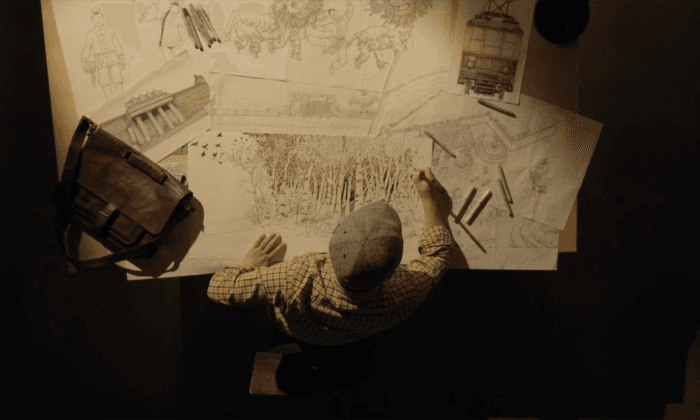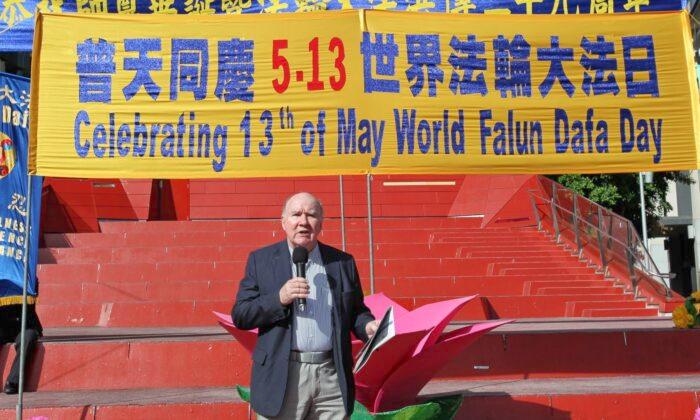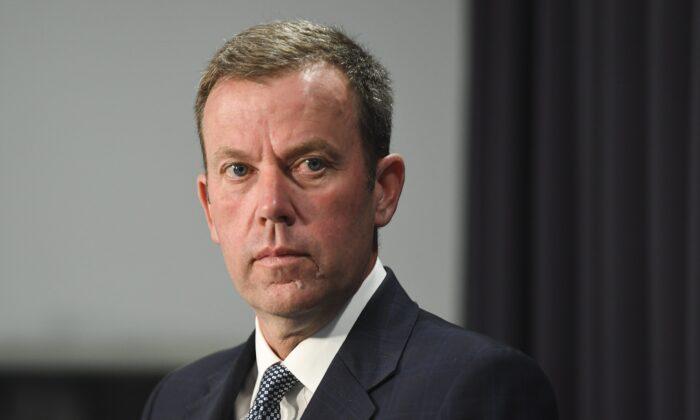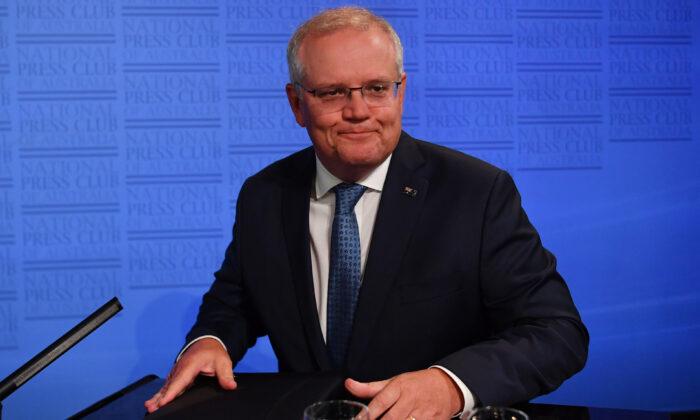Australia is progressing confidently and cautiously towards unlocking the country by July, and within that timeline, states and territories will determine the pace for its jurisdictions.
The plan will happen in three steps and has been agreed to by all state premiers and territory chief ministers.
The plan and framework were devised in conjunction with the national cabinet, an intergovernmental forum that comprises all state premiers, territory chief ministers, and the prime minister.
The first step includes lifting restrictions on house visits for family and friends to gather in groups of no more than 10.
During the second step, more amenities will reopen and greater numbers may gather.
The third step will see pubs and clubs reopen with some restrictions, and everyone will return to work where appropriate, including interstate travel and discussions about some international travel.
There is no “day one” and each state and territory has localised conditions to consider.
Cautious States
New South Wales (NSW) and Victoria have experienced the highest total cases of the CCP (Chinese Communist Party) virus, commonly known as novel coronavirus.In addition, both states have had fresh outbreaks at a meat processing facility in Melbourne and a nursing home in Sydney.
Victorian Premier Daniel Andrews described the plan as a menu from which states could pick restrictions to ease. He will wait until next week to announce any decisions. Until then, the current restrictions remain in place, he wrote on Twitter on May 8.
States Already Easing Some Restrictions
Step one for Queensland begins on May 15, the state’s premier announced in a post on Facebook on May 8.Queensland has already eased some restrictions allowing small visits with family and friends.
Travel up to 150 kilometers for day trips will also be allowed, and small cafes and restaurants can return to relatively normal operations.
Weddings up to 10 people are allowed, as well as funerals with 20 people inside and 30 outside.
South Australia will be taking a similar approach to funerals, and other restrictions from stage one but will not be announcing its plan until next week.
Tasmania is also taking a cautious approach following recent outbreaks in its northwest region.
The Northern Territory has had zero deaths from the virus and is already looking to open pubs and restaurants in early June. Restrictions on recreational activities such as swimming have already been lifted.
Western Australia and the Australian Capital Territory will be making announcements over the weekend.
Federal and state governments have agreed to a July target for implementing the third and final stage of the plan.
“We are prepared for an increase in case numbers or possible outbreaks, but relapse should not be an option. ... The cost to our people, our economy, our social fabric, is too high. We should look to build success in each step, and move forward safely and with confidence,” said Morrison.





